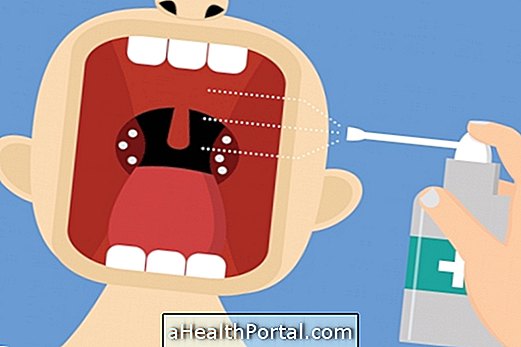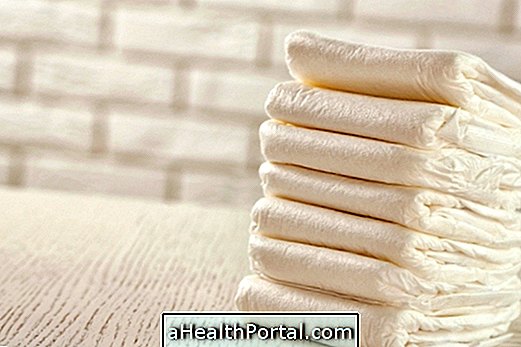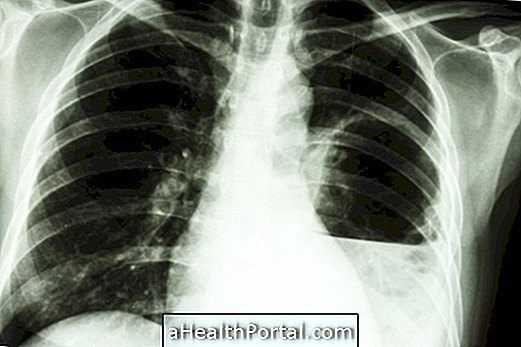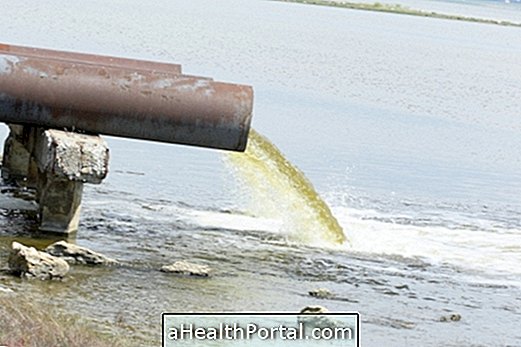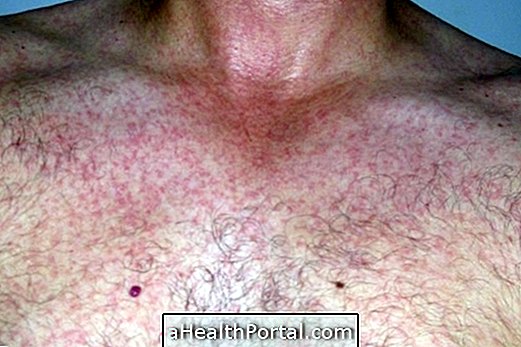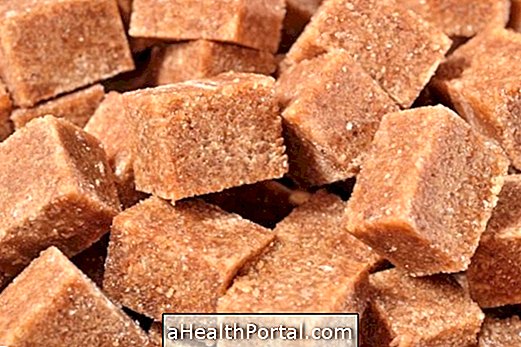Sclerotherapy is a treatment done by the angiologist to eliminate or reduce veins and is therefore very used to treat skin veins or varicose veins. Hence, sclerotherapy is also often referred to as "application to varicose veins" and is usually done by injecting a substance directly into the varix to eliminate it.
After treatment with sclerotherapy, the treated vein tends to disappear over a few weeks, so it may take up to a month to observe the end result. This treatment can also be used in other cases of dilated veins, such as hemorrhoids or hydrocele, for example, although it is more rare.
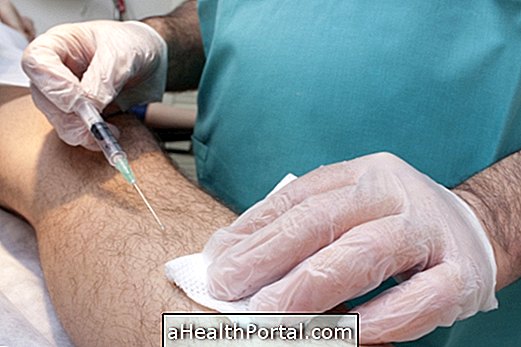
1. What types are there?
There are 3 main types of sclerotherapy, which vary according to how the veins are destroyed:
- Sclerotherapy with glucose : also known as injection sclerotherapy, is especially used to treat small vessels and small varicose veins. It is made by injecting glucose directly into the vein, which causes irritation and inflammation of the vessel, resulting in scars that eventually close it;
- Laser sclerotherapy : This is a technique most commonly used to remove blood vessels from the face, trunk and legs. In this type, the doctor uses a small laser to increase the temperature of the vessel and cause its destruction. By using laser, it is a more expensive procedure.
- Sclerotherapy with foam : this type is more used in thick varicose veins. For this, the doctor injects a small amount of carbon dioxide foam that irritates the varix, causing it to develop scars and more disguise in the skin.
The type of sclerotherapy should be discussed with the angiologist or dermatologist, because it is important to evaluate all the characteristics of the skin and the varix itself, to choose the type with the best result for each case.
2. Who can do sclerotherapy?
Sclerotherapy can usually be used in almost all cases of varicose veins and varicose veins, however, as it is an invasive method, it should only be used when other methods, such as the use of elastic stockings, can not reduce varicose veins. Thus, one should always discuss with the physician the hypothesis of initiating this type of treatment.
Ideally, the person who is going to do sclerotherapy should not be overweight, to ensure better healing and the appearance of other vases.
3. Does sclerotherapy hurt?
Sclerotherapy can cause pain or discomfort when the needle is inserted into the vein or when the fluid is inserted, there may be a burning sensation at the site. However, this pain is usually bearable or can be alleviated with the use of an anesthetic ointment on the skin, for example.
4. How many sessions do you need?
The number of sclerotherapy sessions varies greatly according to each case. Therefore, while in some cases only one sclerotherapy session may be necessary, there are cases where it may be necessary to do other sessions until the desired result is achieved. The thicker and more visible the varix to treat, the greater number of sessions required.

5. Is it possible to perform sclerotherapy by SUS?
Since 2018, it is possible to make free sessions of sclerotherapy through SUS, especially in severe cases when the varicose veins cause symptoms like constant pain, swelling or thrombosis.
To make the treatment by the SUS it is necessary to make an appointment in the clinic of health and to discuss with the doctor the benefits of the sclerotherapy in the specific case. If it is approved by the doctor, then it is necessary to have tests to evaluate the general health and, if everything is well, you should stay in the queue until you are called to do the procedure.
6. What are the possible side effects?
The side effects of sclerotherapy include burning sensation at the site immediately after the injection, which tends to disappear within a few hours, formation of small blisters on the spot, dark spots on the skin, bruising, which arise when the veins are very fragile and tend to disappear spontaneously, swelling and allergic reactions to the substance used in the treatment.
7. What care should be taken?
Sclerotherapy care should be taken before and after the procedure. On the day before sclerotherapy, avoid waxing or applying creams where treatment is to be done.
After sclerotherapy, it is recommended:
- Wear a Kendall elastic compression stocking during the day for at least 2 to 3 weeks;
- Do not do hair removal in the first 24 hours;
- Avoid exhaustive exercise for 2 weeks;
- Avoid sun exposure for at least 2 weeks;
Although the treatment is effective, sclerotherapy does not prevent the formation of new varicose veins, so if there is no general care, such as always wearing elastic stockings and avoiding standing or sitting too long, other varicose veins may appear.
8. Can vents and varicose veins come back?
Vessels and varicose veins treated with sclerotherapy rarely recur, however, as this treatment does not treat the cause of varicose veins, such as lifestyle or overweight, new varicose veins and vases may arise elsewhere in the skin. Here's what you can do to prevent the onset of new varicose veins.


